The Importance of Authentic Imagery On Your Website
- Flow Cre8tive
- Jun 1, 2023
- 2 min read
Updated: Jan 8

90% of all information that gets transmitted to our brains is visual. Imagery is one of the most important elements to your website. When used effectively, they can provide insight into the purpose of your website and your brand. When optimised for SEO, they can also help your website search results, increasing organic traffic. The key things to note are:
CLEAR & SHARP IMAGES: Websites with pixelated, low quality or unrelated imagery will drive users away and impact on your brand and sales. Low quality / pixelated / blurry images will affect your credibility as users will view the site / business as lacking in professionalism and question the reliability of their products & services.

AUTHENTICITY OVER STOCK: When you use super stock looking images it makes it hard for customers to emotionally connect to what you're selling, as they know these pictures are not a real-life depiction of the products in question.
Below is an example of two different types of images for TEAM CULTURE. It is immediately clear which one is a stock photo.

IMPACT SEO: Not only does it impact a user's perception of your business, but poor stock photos could indirectly harm your website SEO ranking. One of the key things to improve your website’s SEO is to provide valuable, original content as well as a good user experience. If Google sees you using an image that is heavily used across multiple websites and stock libraries, it will know it's a stock photo and not viewed as original content which can impact your search rankings.
Should I Hire a Professional Photographer to Take Pictures for My Website?
The issue that most businesses have, is finding the budget for a massive photoshoot, which can get pretty pricey. So what to do?
1. Spend a bit of time going through stock libraries to find an image that reflects your brand and clientele in a more authentic way. Our personal recommendation is Unsplash or Pexels, which provides beautiful free images and photos.
Or
2. Take the images yourself.
If you decide to go with the latter, make sure you have a good quality camera and lots of light. Some simple tips below if you decide to do it yourself:
1. Use Natural (and Bright) Light
3. Invest in a Lightbox for Product Photography
4. Make Sure Subject is in Focus
5. Keep Composition in Mind
For more information on these tips, we have created a easy to follow photography guideline document that you can use when taking photos yourself.
Need more guidance on how to optimise photographs and imagery on your website? Let us help you make the most of this powerful tool - contact us below to get started.


留言